Vajrapani Statue | The Thunderbolt Protector
USD 1,935.60
Height:38cm (15″)
Width:22cm (9″)
Depth:12cm (5″)
Weight:2.85 kg – 6.28 lbs
Material:24K Gold Gilded,Acrylic Paintings, Copper Body.
1 in stock



Additional information
| Weight | 2.85 kg |
|---|---|
| Dimensions | 12 × 22 × 38 cm |
1 in stock

FREE SHIPPING WORLDWIDE

FREE 14 -DAY RETURNS

SATISFACTION GUARANTEE

100% SECRUE CHECKOUT
Vajrapani Statue | The Thunderbolt Protector
Vajrapaṇi, whose name means "Vajra in his hand," is a prominent figure in Mahayana Buddhism, symbolizing the Buddha's power and serving as his protector and guide. Depictions of Vajrapaṇi often portray him in a wrathful form, holding a vajra (thunderbolt) in his right hand, embodying the energy and strength necessary to overcome obstacles on the path to enlightenment. These statues are integral to Buddhist art and are revered in various traditions, including Tibetan Buddhism, where Vajrapaṇi is considered one of the earliest protective deities.
1. Iconography and Symbolism
Vajrapani is most commonly depicted in a wrathful form, though he also appears in peaceful or semi-wrathful manifestations depending on the Buddhist tradition. Key attributes include:
- Vajra (Thunderbolt): Held in his right hand, it symbolizes indestructible wisdom and the power to shatter ignorance and obstacles.
- Lasso (Pasa): In his left hand, representing his ability to subdue negative forces and guide beings toward enlightenment.
- Dark Blue or Black Body: Signifies his connection to cosmic forces and transformative energy.
- Crown of Five Skulls: Represents the transcendence of the five mental poisons (kleshas): ignorance, attachment, aversion, pride, and jealousy.
- Flames and Serpents: Flames symbolize purification of delusions, while serpents denote mastery over primal energies.
- Three Eyes: Symbolize omniscience (past, present, future).
2. Forms of Vajrapani
Vajrapani manifests in diverse forms across Buddhist traditions:
- Peaceful Vajrapani: Seen in Mahayana sutras, depicted with human features, often alongside Avalokiteśvara (compassion) and Manjusrī (wisdom).
- Wrathful Vajrapani: A Tantric form in Vajrayana Buddhism, adorned with fierce expressions, skulls, and dynamic postures to combat ignorance.
- Heracles-Inspired Depictions: In Gandharan art, he was modeled after the Greek hero Heracles, reflecting Greco-Buddhist syncretism.
- Garuda Form: Assumes bird-like features to protect Nagas (serpent deities) from Garudas.
3. Spiritual and Cultural Significance
- Protector of the Dharma: Vajrapani guards Buddhist teachings and practitioners, often depicted at temple entrances or alongside Buddha statues.
- Role in Legends:
- In the Ambattha Sutta, he terrifies a disrespectful Brahmin into submission, showcasing his role as enforcer of truth.
- He shielded Buddha from assassination attempts, such as splitting a boulder hurled by Devadatta.
- Association with Indra/Zeus: Linked to thunder deities across cultures, emphasizing his universal archetype of power.
4. Practices and Mantras
- Mantra: "Oṃ Vajrapāṇi Hūṃ Phaṭ" invokes his energy for protection and obstacle removal.
- Tantric Practices: Advanced practitioners visualize themselves as Vajrapani to harness his transformative power, often under a teacher’s guidance.
- Offerings: Water, incense, and recitations are common to honor his role as a Dharmapala (protector).
5. Material and Placement of Statues
- Materials: Statues are crafted from Copper & gold with Nepali artisans often embellishing them with turquoise (symbolizing purity) and coral (transforming attachment).
- Feng Shui Placement:
- Entrances: For protection against negative energies.
- Meditation Spaces: To amplify focus and spiritual growth.
- Offices: Attracts success and clears mental obstacles.
6. Historical and Artistic Evolution
- Gandharan Art: Early depictions show Vajrapani as a muscular guardian, blending Hellenistic and Indian styles.
- Ajanta and Ellora Caves: Carvings depict him as a Bodhisattva or dvarapala (gate guardian), highlighting his dual role as protector and enlightened being.
- Southeast Asian Influence: In Java’s Mendut Temple, he forms a triad with Vairocana and Padmapani, reflecting Mahayana cosmology.
7. Philosophical Meaning
Vajrapani’s wrathful demeanor is not born of hatred but symbolizes the fearless compassion required to dismantle delusion. His energy transforms negativity into wisdom, aligning with the Tantric principle of "poison as medicine.
Conclusion
A Vajrapani statue is more than an artistic object it is a conduit for spiritual power, protection, and transformation. Whether placed in a home, temple, or meditation space, it serves as a reminder of the indomitable strength needed to overcome life’s challenges and attain enlightenment. For collectors, practitioners, or art enthusiasts, understanding its symbolism enriches both aesthetic and spiritual appreciation. 🌩️✨
Shipping & Assurance:
📦 Free Worldwide Delivery: Insured shipping via DHL, FedEx, UPS, or DPD.
🕒 Fast 4–10 Business Day Delivery: Carefully packaged to ensure safe arrival.
Disclaimer:
This is a handmade artifact, and minor variations in color, texture, or size may occur. These natural imperfections celebrate the artisan’s touch, making your statue a unique masterpiece.
Additional information
| Weight | 2.85 kg |
|---|---|
| Dimensions | 12 × 22 × 38 cm |
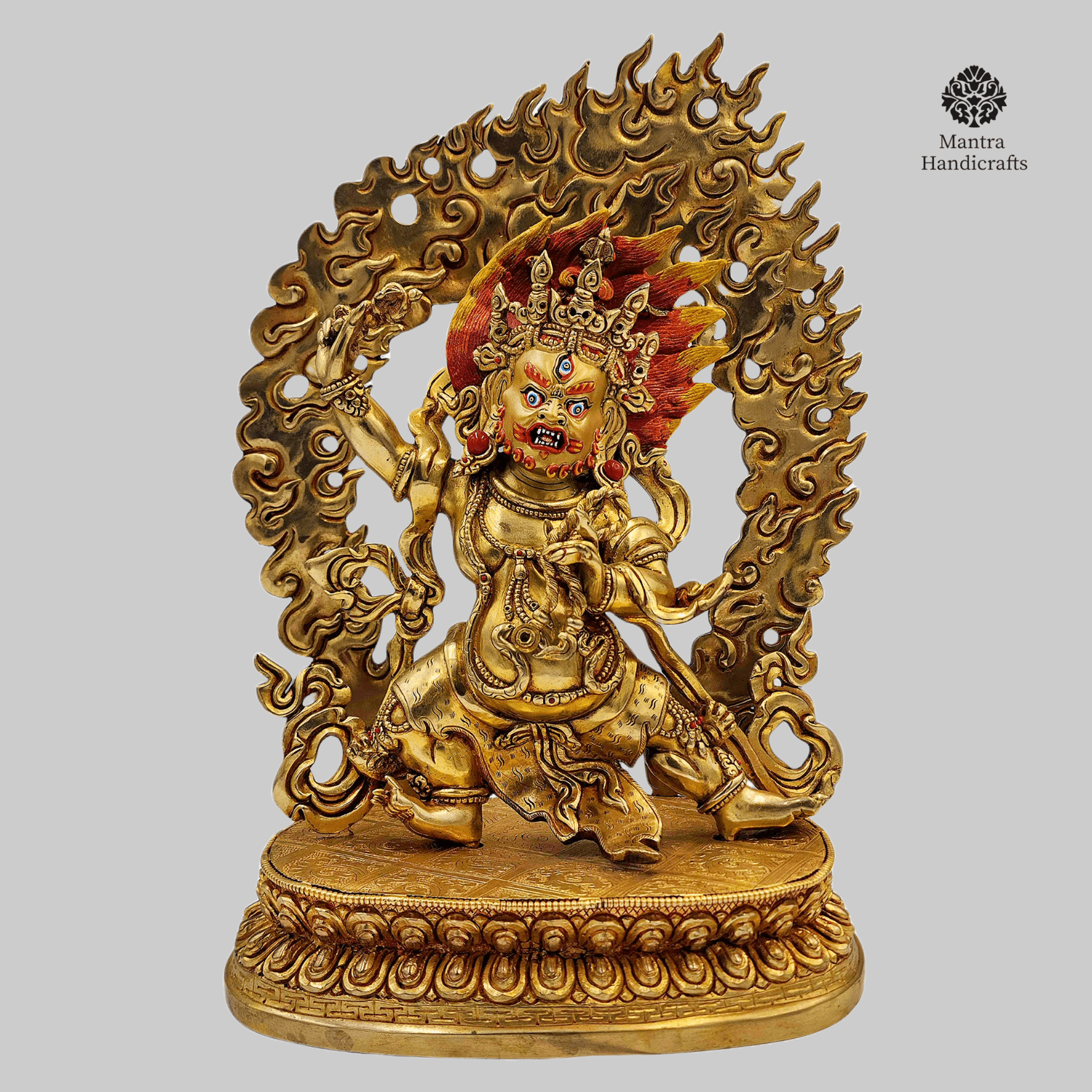 Vajrapani Statue | The Thunderbolt Protector
Vajrapani Statue | The Thunderbolt Protector

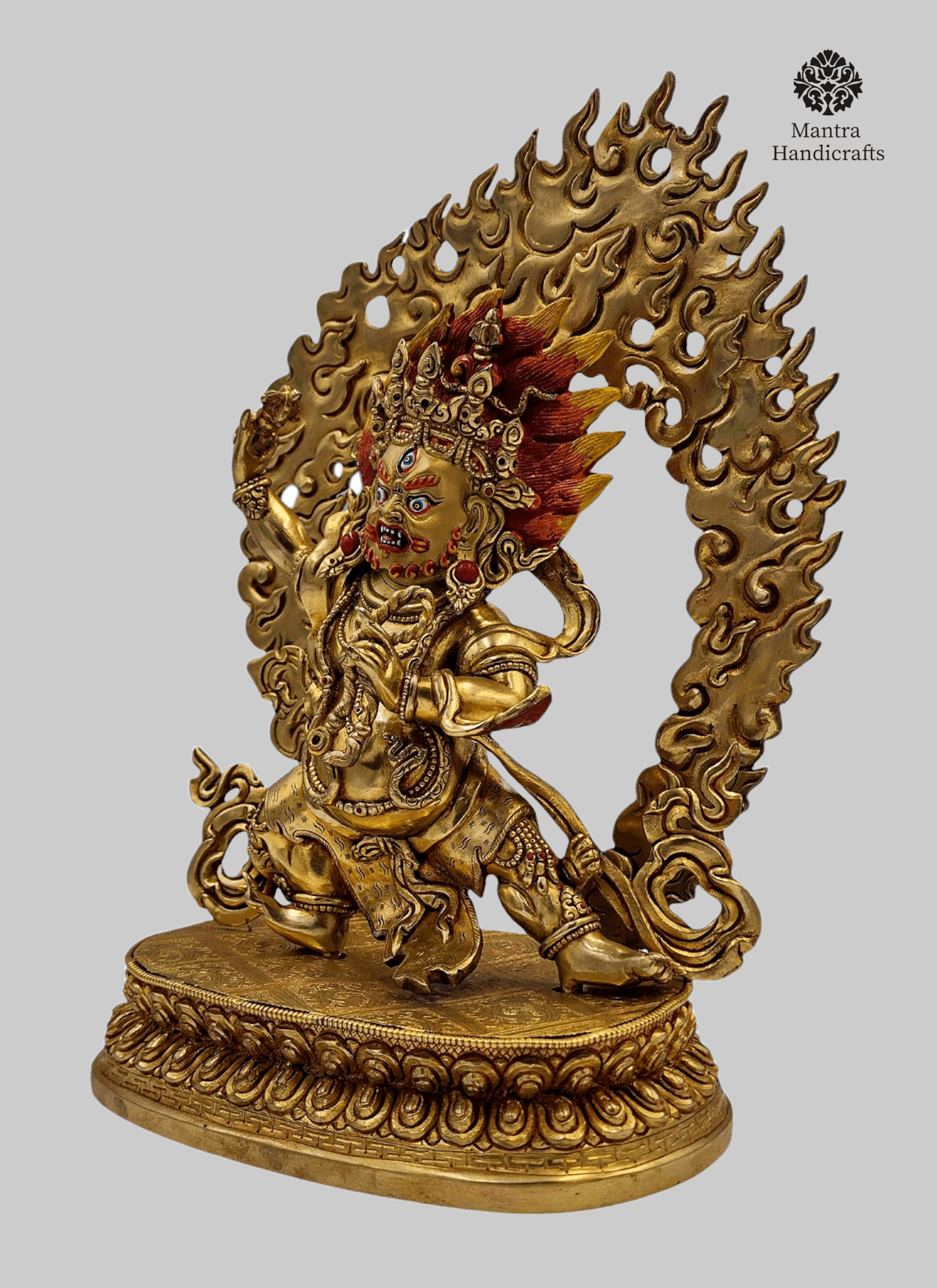
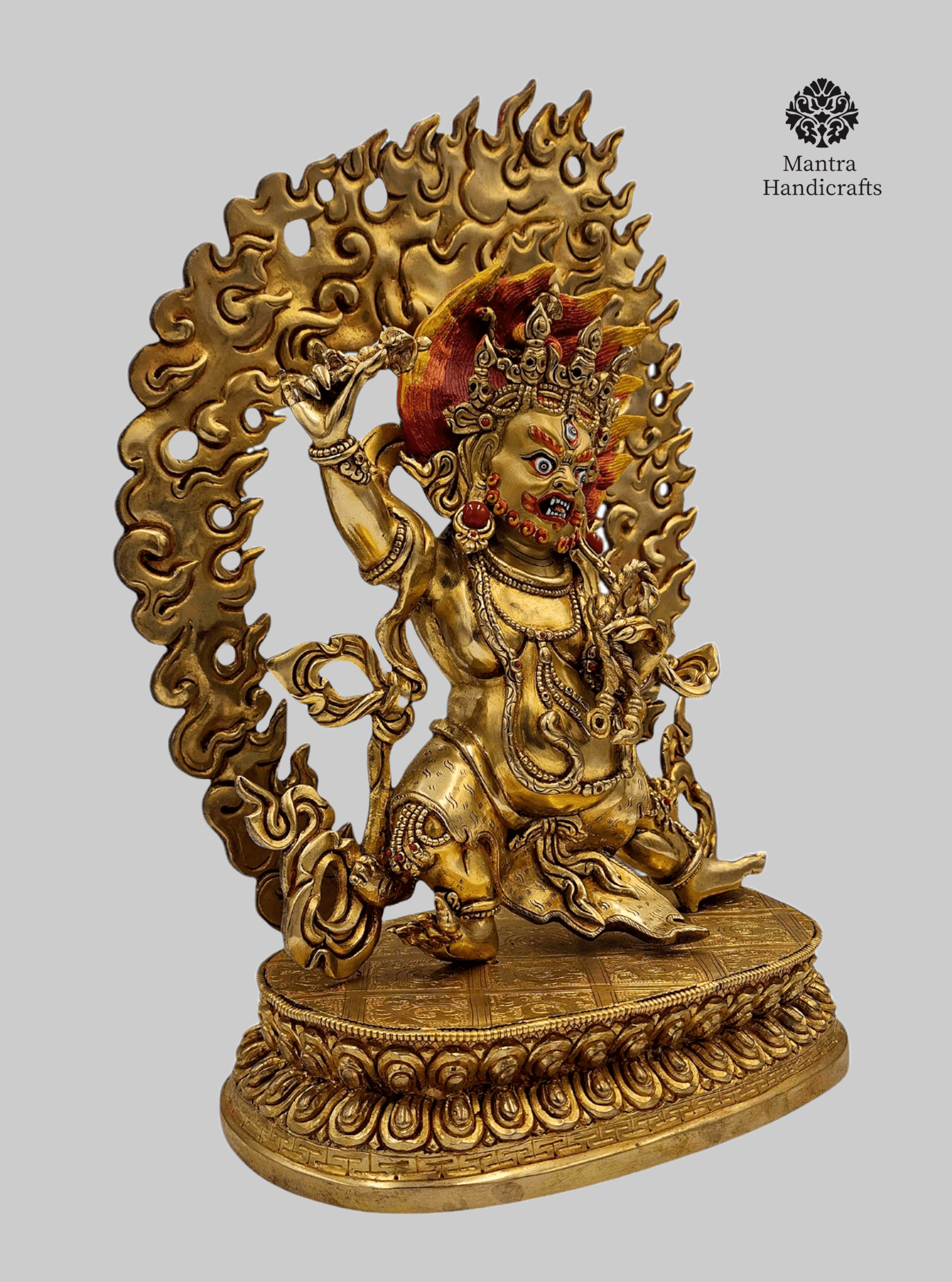
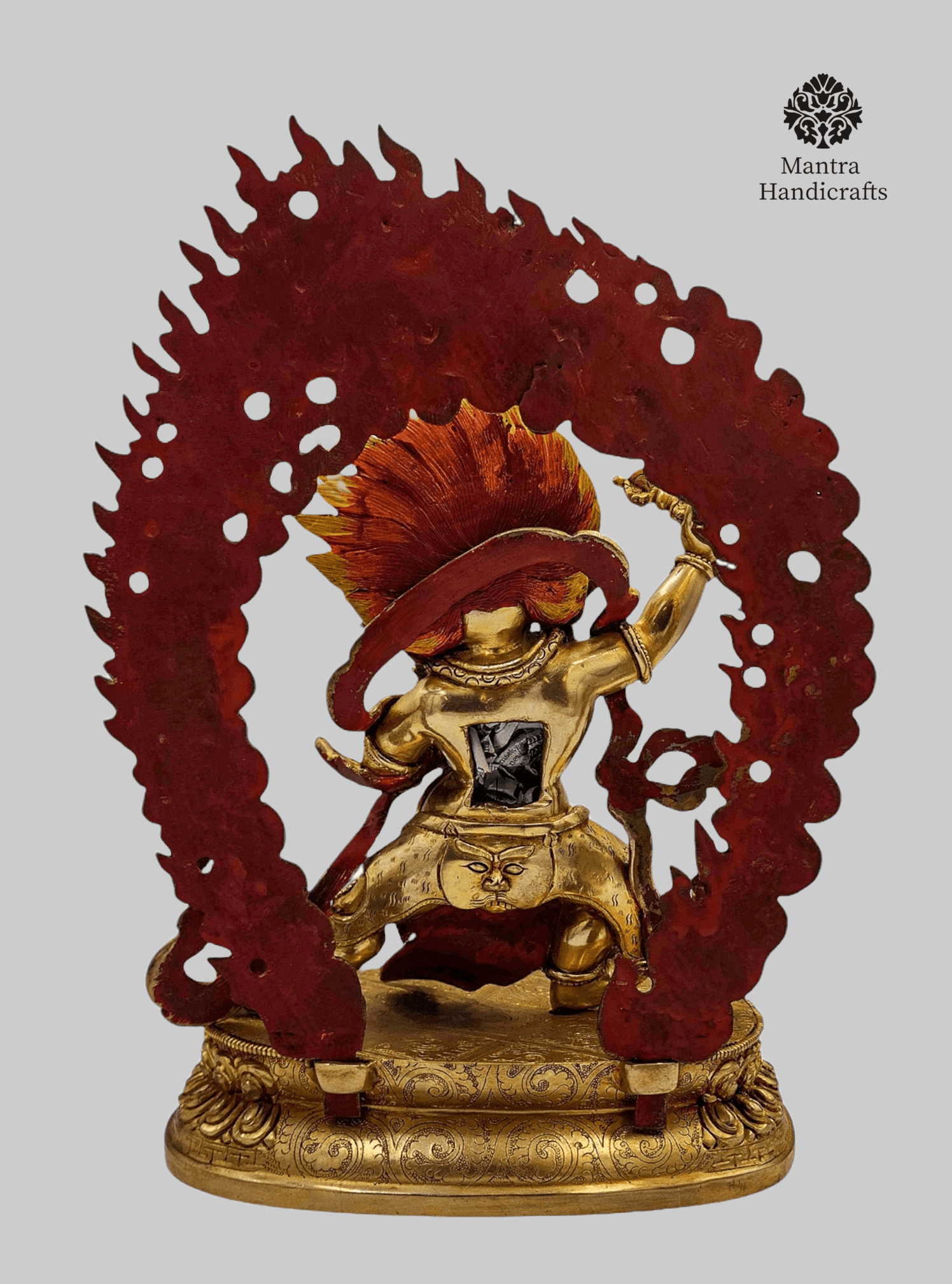
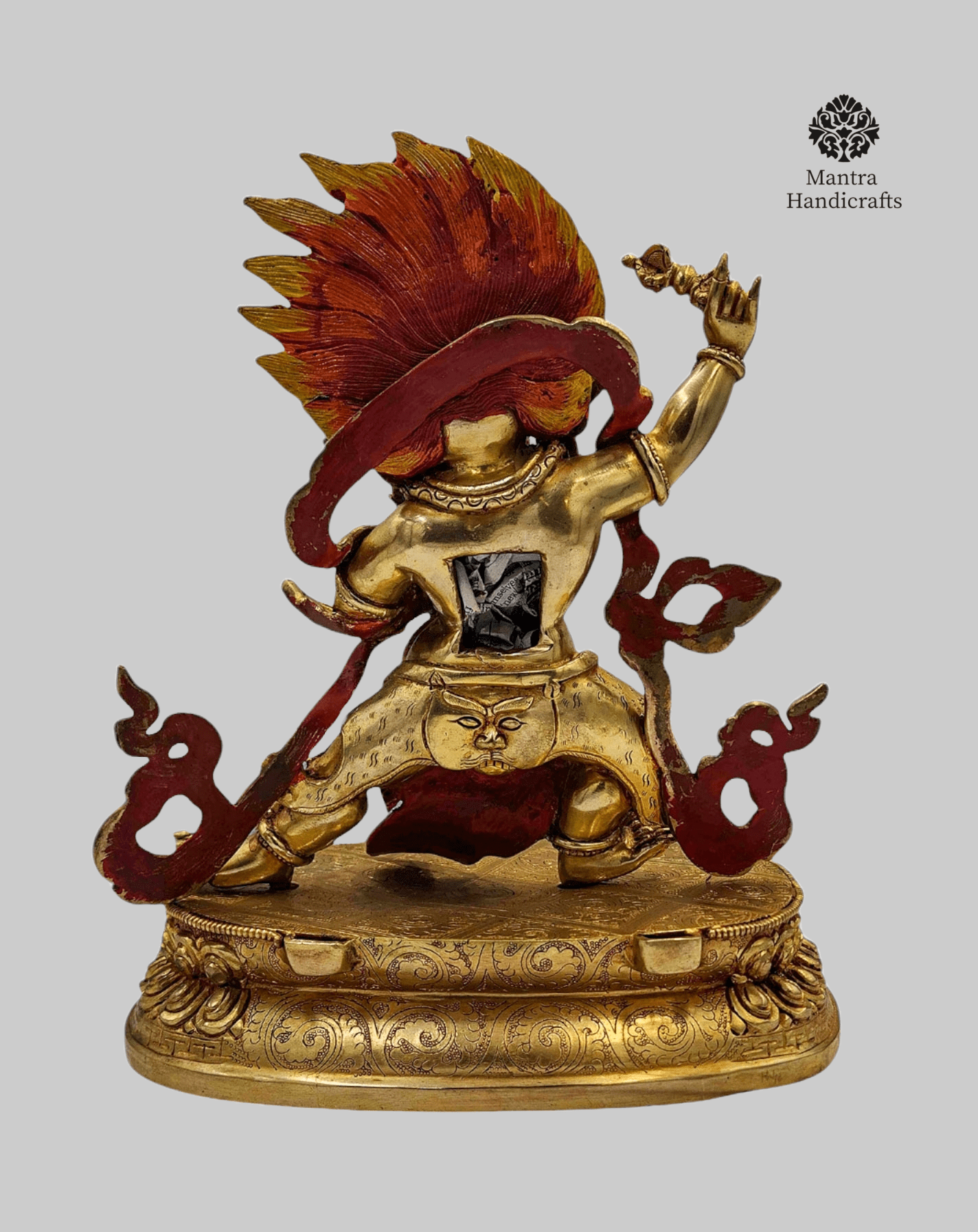
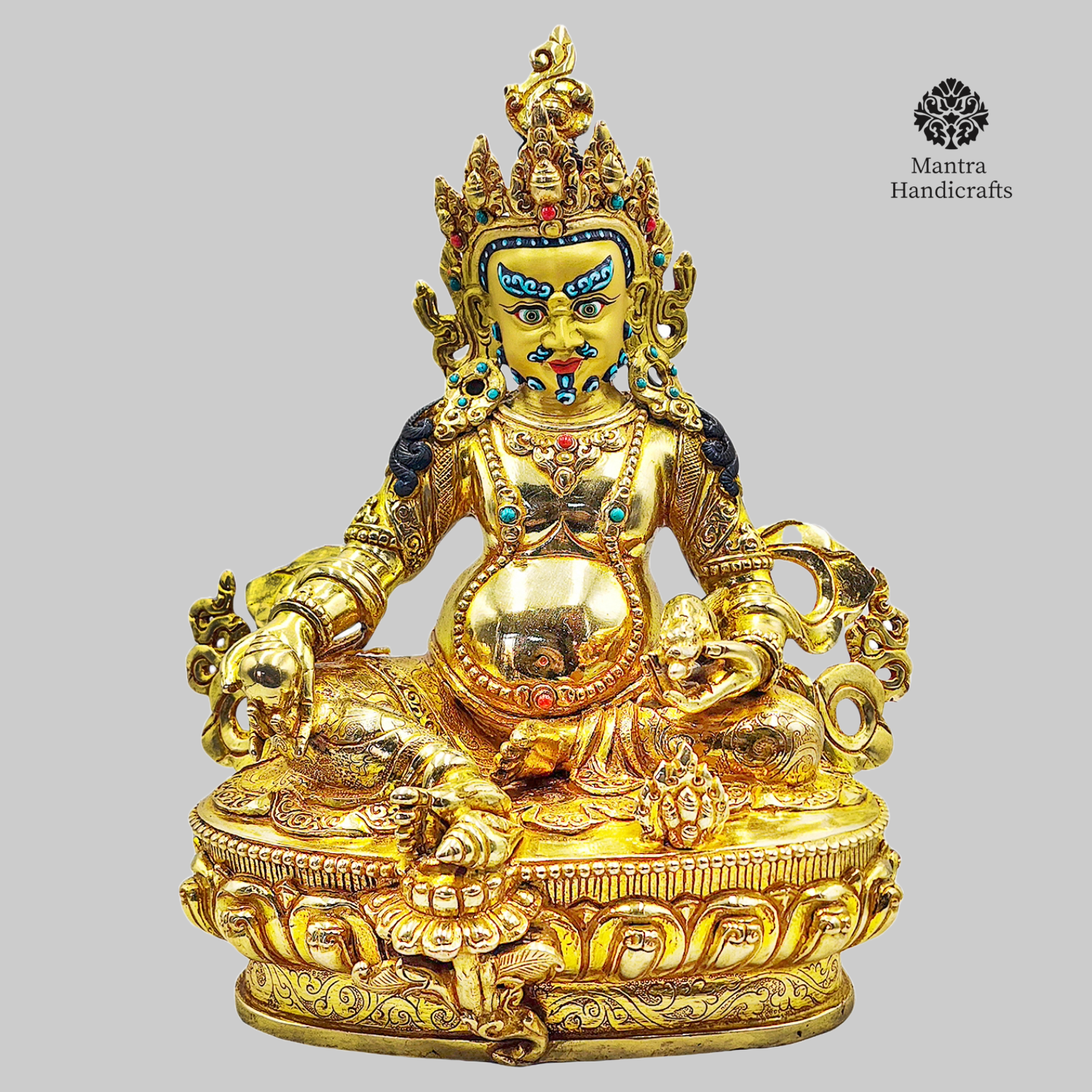
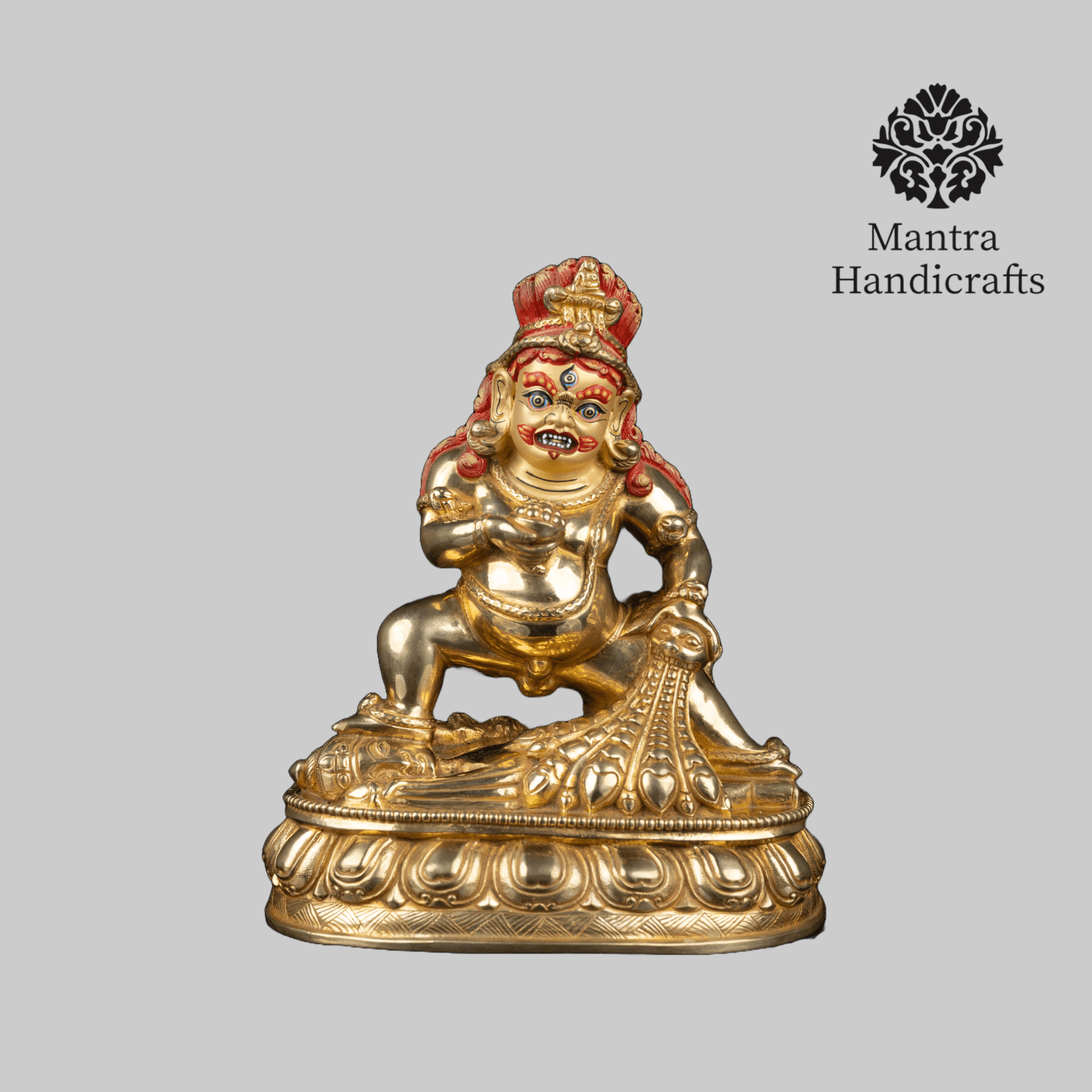
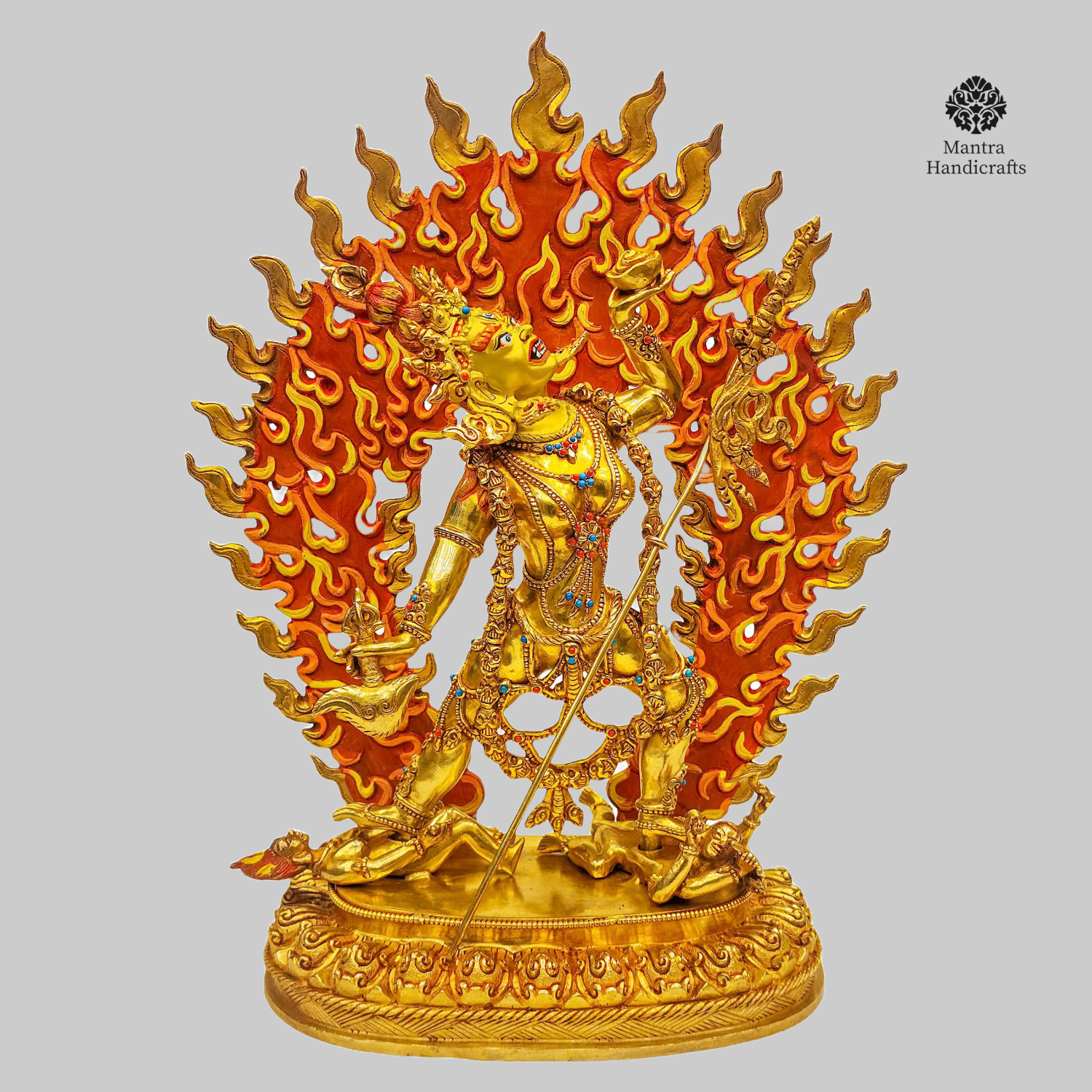
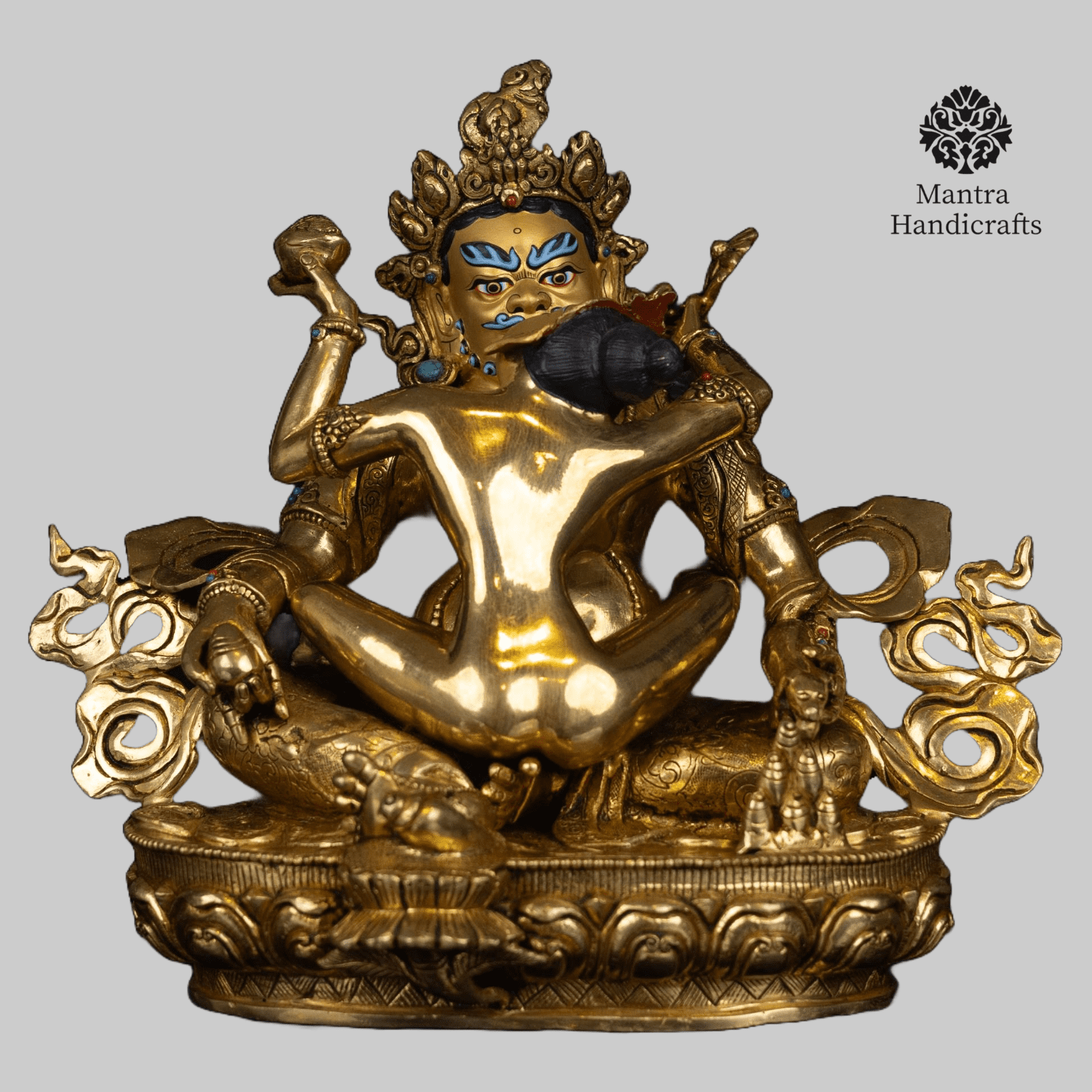
Reviews
There are no reviews yet